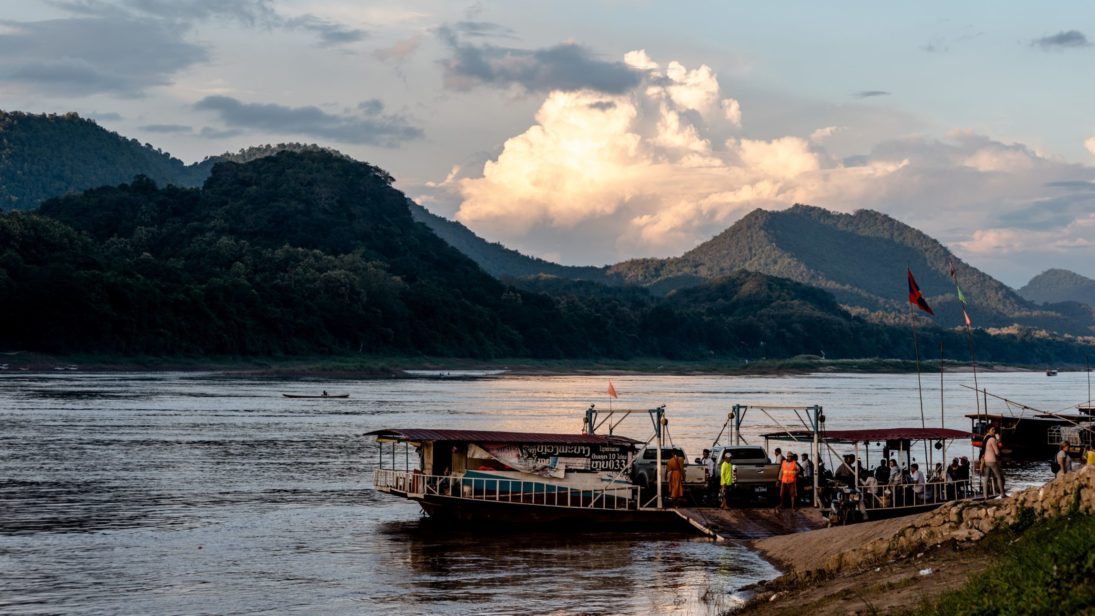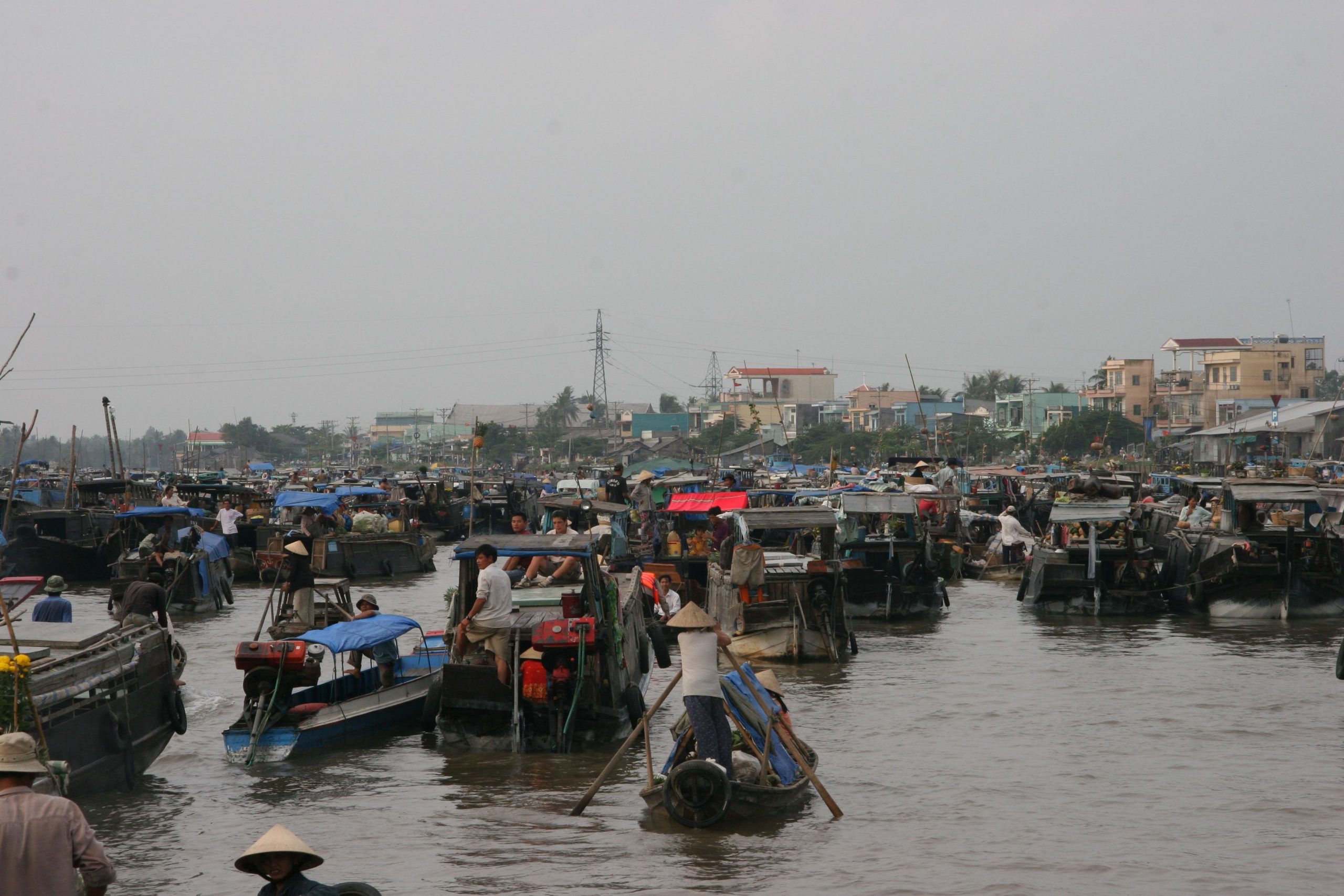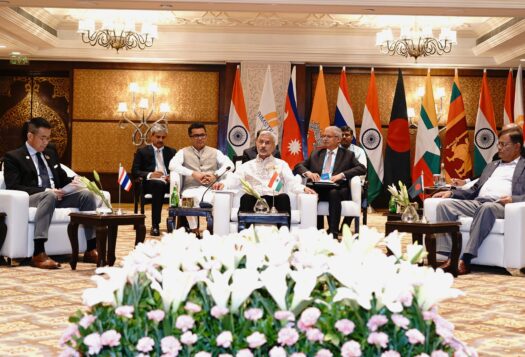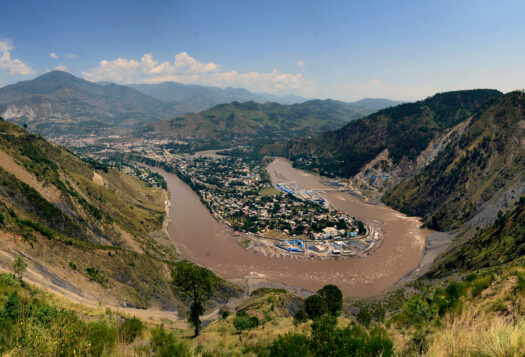
Among ASEAN’s member states, the Cambodia, Laos, Myanmar, and Vietnam (CLMV) corridor is one of the fastest-growing subregions. With exponential growth in trade and capital investments in recent years, this sub-regional trend comes as Southeast Asia has more broadly emerged as a lucrative market for the region’s economic giants. The CLMV subregion has seen since 2015 a growth rate of 6 percent, surpassing the 4.6 percent annual GDP growth of ASEAN’s five founding members (Indonesia, Malaysia, the Philippines, Singapore, and Thailand). Among economies seeking a piece of the action, the preponderance of China’s exports means the CLMV subregion is a major focal point for Beijing, amid its wider economic relations with ASEAN. A study conducted in 2018 by the University of the Thai Chamber of Commerce shows that the CLMV countries have higher levels of trade with China than they do with the rest of ASEAN.
Conversely, Asia’s other economic giant India, which shares strong cultural and strategic ties with this region, has lagged far behind China in terms of economic engagement, even though there are a swathe of opportunities for India’s business community. Despite two decades of the Look East Policy and a more assertive Act East policy under Prime Minister Narendra Modi, New Delhi has not truly explored the potential of promoting increased cooperation and economic ties with the Mekong subregion. While India has sought to build and sustain ties with ASEAN economies like Singapore, Malaysia, and Thailand, developing economic ties with the CLMV countries could prove the solution in balancing the trade and power asymmetry with China in Southeast Asia.
CLMV — An Important Sub-region for India
While India has sought to build and sustain ties with ASEAN economies like Singapore, Malaysia, and Thailand, developing economic ties with the CLMV countries could prove the solution in balancing the trade and power asymmetry with China in Southeast Asia.
China’s increased investment in connectivity and infrastructure projects in the Mekong subregion has created strategic problems for New Delhi. Beijing’s economic inroads via projects such as the Myanmar China Economic Corridor (CMEC) have been followed by a sustained diplomatic push, with Beijing exercising high levels of influence in the region’s corridors of power. India is the only actor in the region, bar possibly the United States, positioned to balance the lopsided trade distribution between the CLMV countries and China. For India, there are multiple reasons to increase engagement with the CLMV subregion, though the primary rationale should be its geographical proximity to India. The proximal nature of the subregion ensures that the rapid commissioning of fully-fledged connectivity projects will lead to a swift reduction in transportation times and associated costs.
The main barrier to date between the two economies has been the sheer lack of physical connectivity. This will partially be resolved if the India-Myanmar-Thailand (IMT) Trilateral Highway construction is completed later this year as planned, although perhaps with some delays due to COVID-19. Other schemes such as the Kaladan Multimodal Transit Transport Project (also due for completion by 2021) will enhance connectivity between India and the Mekong River region.
The opportunities for India’s business community in Cambodia, Laos, Myanmar and Vietnam are enormous. Despite their recent growth, the CLMV countries are far less economically developed in comparison to other ASEAN members, notably Indonesia and Thailand and therefore the potential for rapid development is immense. There are three areas to focus on. First, Indian businesses should move to tap the less costly labor market in the CLMV subregion. Second, the CLMV countries offer an important market for Indian products, which would complement New Delhi’s “Make in India” campaign. Finally, opportunities exist in the skills gap currently in existence across CLMV countries. India’s soft power could be deployed to train and level up underdeveloped sectors, which in turn would challenge the influence of Beijing.

China’s Trade Challenge
India’s current economic relationship with the CLMV countries is weak by any measure. The presence of Indian investments and the growth rate in investments are modest when compared to China. India’s total trade with Vietnam currently stands at USD $12.2 billion but Indian investments in the country amount to just $756 million, putting it in 27th place among Vietnam’s foreign investors. This lack of engagement with the largest economy in the Mekong subregion is telling. The proportion of Indian investments, when compared to other countries, is also not encouraging. For example, China invested USD $2.4 billion into Vietnam in 2018, while South Korean investments amounted to USD $7.9 billion. A limited number of Indian firms are operating in Vietnam, namely ONGC Videsh, TATA group, Marico Industries, but these are not nearly enough to adjust the in balance or challenge competitors.
In the case of Myanmar, the situation regarding trade is equally poor. Bilateral trade between India and Myanmar stands at USD $1.6 billion, versus Myanmar’s trade with China which is worth USD $17.7 billion. Despite sharing a large border and close cultural ties, India is only the 11th largest foreign investor, with approved investments of USD $743 million via 26 Indian companies. In contrast to Vietnam, India’s investments are largely concentrated in Myanmar’s burgeoning oil and gas sector.
When viewing FDI into Laos, India ranks 8th for FDI with a significant focus on plantation projects. In 2016, Indian firms invested USD $19.8 million in Cambodia and made their presence felt in the automobile and pharmaceutical sectors. Under the aegis of the Mekong-Ganga Cooperation Initiative, the Government of India is fostering relations with CLMV countries in tourism, education, culture, and the connectivity sectors. Further, to facilitate Indian investments in the subregion, in 2019 India initiated the creation of a project development fund in August 2016 with a credit of $70 million.
In the changing geopolitical dynamics of Southeast Asia, India’s greater role in the CLMV subregion is essential in promoting its national interests, especially in the context of China’s large economic presence.
China, however, has the advantage, with substantial connectivity projects in the CLMV subregion as part of the prestigious Belt and Road Initiative (BRI). An agreement for a proposed rail line connecting Phnom Penh and Ho Chi Minh City was signed between Cambodia and Chinese companies in 2018. China is also financing a rail line in Laos that connects the capital, Vientiane, to the small town of Boten on the border with China.
Building India’s Regional Role
In the changing geopolitical dynamics of Southeast Asia, India’s greater role in the CLMV subregion is essential in promoting its national interests, especially in the context of China’s large economic presence. Successful engagement with the CLMV corridor is crucial for the success of India’s Act East Policy. Without CLMV, the physical integration of India with ASEAN will remain a distant dream despite the rhetoric of India’s Look East and Act East policies, which in turn will help balance the policy of economic coercion by China.
With India now playing a more proactive role, and sensitive to the needs of the CLMV subregion, a soft power-based approach is an idea whose time has come. Without this policy shift, New Delhi’s slow progress in terms of capital investments and development cooperation, means other economic giants are likely to outpace India in its backyard. New Delhi requires an integrated approach that includes private actors, and the active intervention of embassies and diplomatic missions. More than that, the Indian government must increase its coordination with CLMV governments, speed up the construction of connectivity projects and seek to support the people of the Mekong region in order to meet their development needs.
Editor’s Note: A version of this piece originally appeared on 9DashLine and has been republished with permission from the editors.
***
Image 1: Wil via Flickr
Image 2: ArchieB via Flickr


